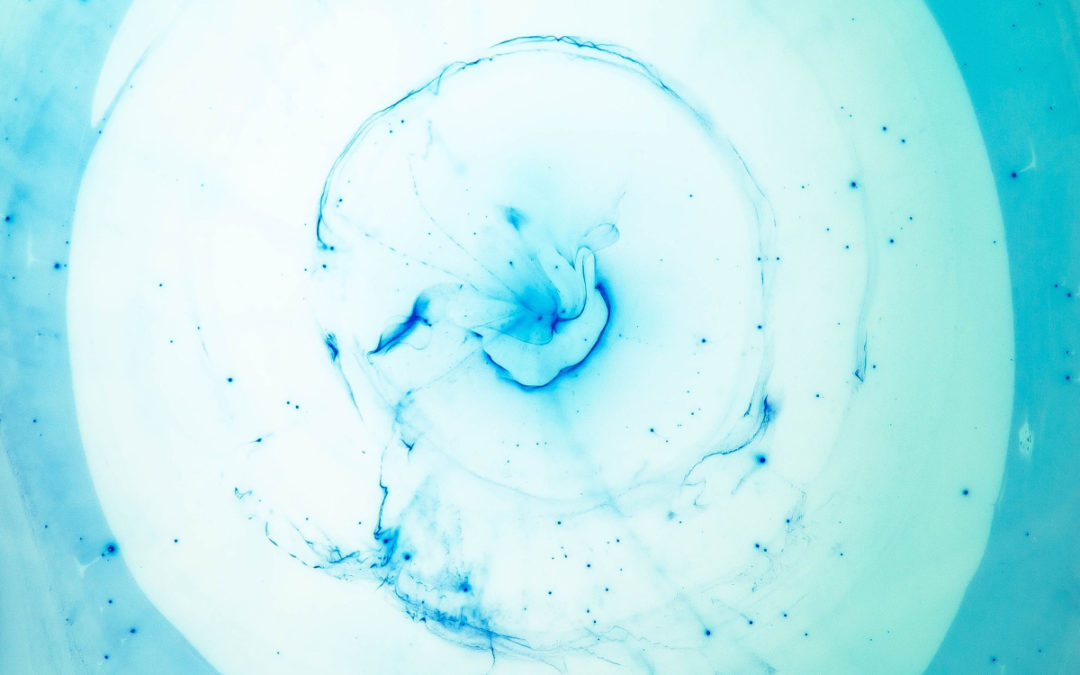Klotho protein has been studied extensively as a possible measure to reduce the impacts of aging; however, a recent study analyzed the antioxidant activity of the Klotho protein as it relates to reproductive signaling.
Prior research has shown that this protein is closely related to Wnt signaling, which plays a direct role in antioxidant activity and the reproductive system. Wnt signaling is a receptor system. When a molecule binds to the receptor, it sends signals inside the cell, telling the cell to grow and mature.
The goal of a recent study was to take a closer look at Wnt signaling. The study looked at the impact of this signaling pathway on oocyte maturation. Oocytes are female eggs that grow into babies when fertilized.
The research team treated cells with the Klotho protein during the maturation process as the experimental group. In the control group, the research used Lithium Chloride, which is an activator of the Wnt signaling pathway. Then, the team tracked the maturation of oocytes as they progressed through embryonic development.
The researchers found that the group treated with Klotho protein matured much faster than those that were treated with Lithium Chloride. Specifically, the research team found that cell formation rates were higher in the cells treated with Klotho. They also found that the protein could impact multiple areas of oocyte formation.
This is the first study to take a look at the impacts of the protein on reproductive signaling in oocytes. The results of the research study show that the Klotho protein, which is usually discussed in relation to aging, might help embryonic development as well. Early results suggest that the protein could act as an antioxidant, protecting the oocytes as they develop. The researchers found that multiple cell types replicated more quickly when exposed to this protein.
This study took place in porcine oocytes, so future studies will need to see if the results are replicated when the protein is applied to the oocytes of other species. Furthermore, research studies will need to figure out why the protein behaves in this manner when exposed to oocytes. Right now, the study suggests that Klotho has multiple roles in bodily functions. It will be interesting to see what the results of future studies show.

